How much is the war for Russia?

We are all well aware that war is a very expensive pleasure. So expensive that the goals of any war must be achievable, and the expenditure is justified, otherwise, as storylost wars often led to the collapse of states.
The Russian government's recent announcement that the budget deficit was 2,6 trillion rubles ($34 billion) since the start of the year is pretty clear evidence that spending actually exceeds revenue.
It is very difficult to understand what war costs in general. However, we will try, based on open data from the Russian press, as analysts from the other side of the planet do.
Oddly enough, but the Americans quite successfully process everything that is published in our country and draw conclusions based on this. Petr Butovsky and Thomas Nedwick gave a breakdown of how much the war costs in terms of equipment for the Russian Armed Forces.
Naturally, those samples that are most directly involved in the SVO aroused the greatest interest, since some types of aircraft and helicopters were actually shot down or received damage that did not allow further operation, and considerable sums are required to replace them.
It’s not very common for us to talk about prices directly, but it’s not forbidden either. Therefore, you can dig out the prices, and therefore, estimate how expensive it is - air control.
Su-57
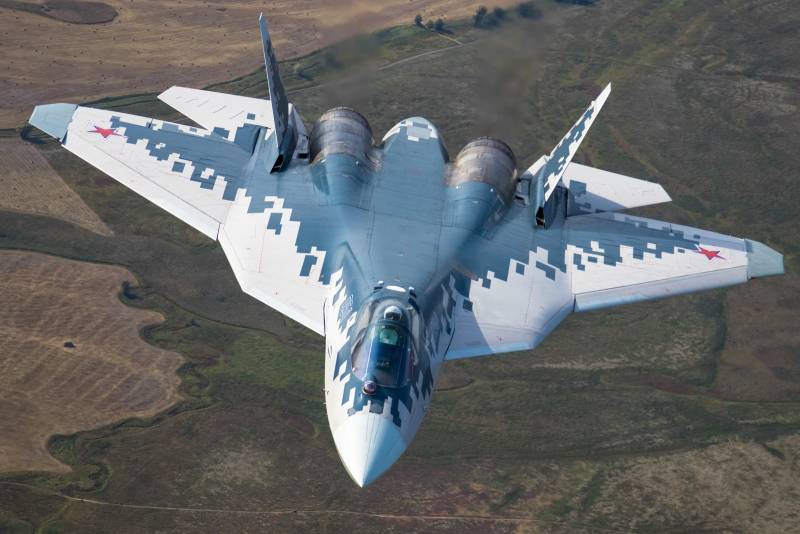
It is the newest and most expensive in the Sukhoi Design Bureau aircraft line. Naturally, isn't it? The Su-57 took part in the SVO, at least that’s what the head of the UAC, Yuri Slyusar, said.
It is clear that these were test applications in a situation no longer approximate, but in real combat. aviation the regiments are not yet armed with the Su-57, the aircraft that were used in the NWO were aircraft that are located in the 4th Lipetsk center for combat use and retraining of flight personnel.
It is logical and understandable that the planes on which pilots are taught, and the pilots who are trained to fly and fight on these planes, will not fly into the thick of it. Combat use was from its territory, without endangering aircraft.
The question "how much does the Su-57 cost?" has been discussed many times
The real cost of the first two copies was announced by the Ministry of Defense at 4,7 billion rubles. The figure caused a shock, however, it was really the cost of the first aircraft. Then the price went down, caused by the conclusion of the first contract for 76 aircraft, and in serial production the cost of the aircraft reached 3,19 billion rubles.
It is predicted that if the Su-57 continues to be mass-produced, which is unlikely, given the complete lack of interest in it from potential buyers, then its cost may fall to 2,5-2,6 billion rubles.
But this is like a price “for their own”. If translated into dollars, then the cost of the Su-57 will be about $42 million, which is significantly lower than the export Su-35S (about $83 million) and F-35 ($80-100 million), but this is only for the Russian Ministry of Defense . If the car goes for export, it will be at a completely different price.
However, for their own aircraft is not cheap. It remains only to train pilots and work out combat use, since the more the Su-57 will fly and shoot, the more chances that they will want to buy it.
Su-35С
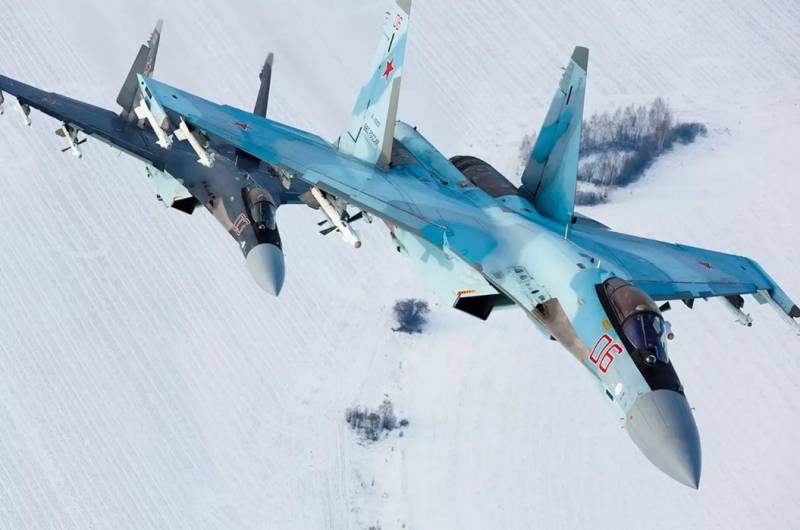
In 2009, the Ministry of Defense signed a contract for the supply of 48 fighter jets for a total of 66 billion rubles. According to this contract, the equipment was to be delivered in the period from 2012 to 2015.
In December 2015, a second contract was signed with the manufacturer for the supply of 50 Su-35s over five years (until 2020), and the contract amounted to 100 billion rubles. Thus, the cost of one unit is 2 billion rubles.
Naturally, the cost of the Su-35 for foreign customers is different. In 2018, at the St. Petersburg Economic Forum, the details of a contract for the supply of 24 Su-35 aircraft to China were made public. The contract amount is 2,5 billion dollars, and one unit in this way will cost the Chinese side 104 million dollars, or 6,7 billion rubles.
IL-76MD-90A
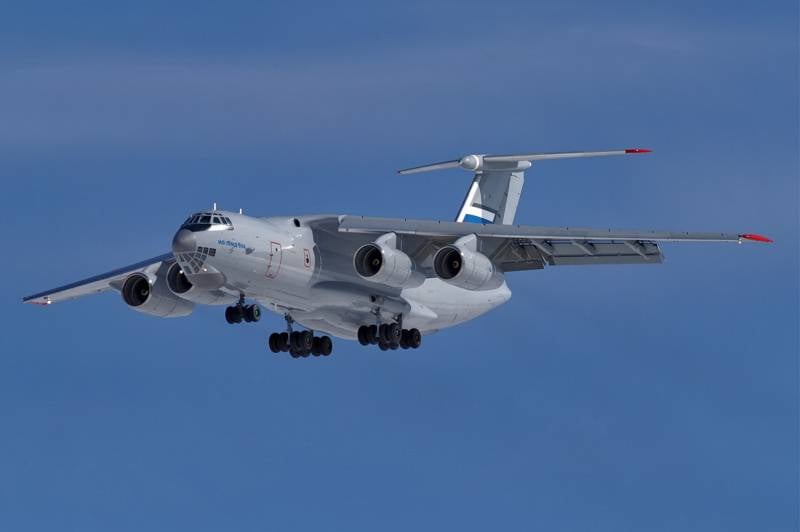
The main military transport aircraft of the Aerospace Forces. In Soviet times, it was produced in Uzbekistan, at an aircraft factory in Tashkent. Today, Aviastar-SP JSC in Ulyanovsk is engaged in production. It should be noted that this is not a resumption of production, but the start of production for the upgraded aircraft from scratch at a new location. The old equipment of the Il-76 remained in Tashkent.
The Russian Ministry of Defense signed a contract for the production of Il-76MD-90A worth 3,570 billion rubles each, which they say turned out to be lower than the manufacturer's own costs.
On October 4, 2012, the Russian Ministry of Defense ordered 39 Il-76MD-90A aircraft with deliveries between 2014 and 2020. The cost of the contract amounted to an average of 139,4 billion rubles, or 3,570 billion rubles apiece. The price was indexed, and the price of the final aircraft, which will be delivered in 2020, amounted to 3,710 billion rubles.
The prices became known after the publication of materials from lawsuits from the Ministry of Defense against Aviastar OJSC, after the manufacturer did not meet the deadlines specified in the contracts.
In April 2017, the Russian Ministry of Defense acknowledged that the main reason for the delay was a large number of failures of the aircraft's new equipment, a significant number of changes to its documentation made by the Ilyushin design bureau during the production process, as well as additional requirements for aircraft systems that were introduced by the Ministry of Defense.
The management of Aviastar-SP complained about a significant increase in prices of sub-suppliers. According to Russian media, the plant was losing a billion rubles on the production of each aircraft, and therefore demanded a revision of the contract. In May 2019, the Ministry of Defense agreed to change the terms of the contract. However, the new conditions, including the price, are unknown.
Ka-52
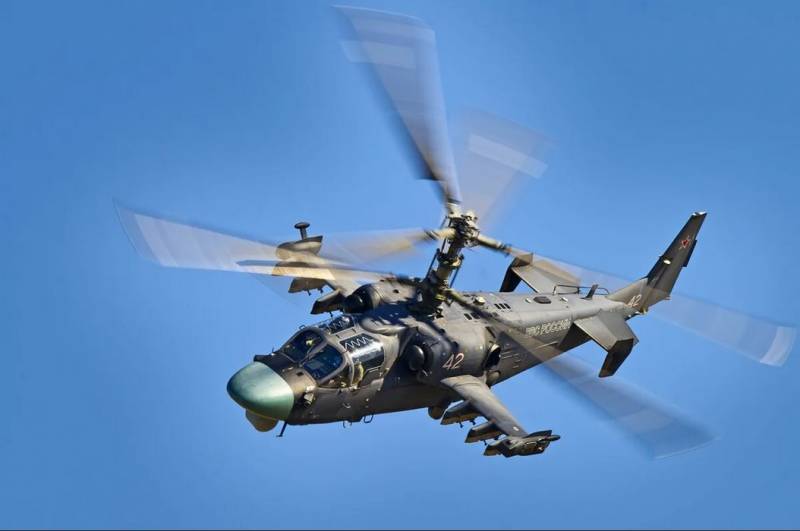
The Ka-52 is currently the main Russian combat helicopter and is very actively used in Ukraine. Foreign sources give a figure of three dozen lost helicopters as of January 2023, or a quarter of the fleet of 140-145 Ka-52s that the Russian army had at the time of the start of the NMD.
The price of one Ka-52 helicopter can be found in the financial report of its manufacturer, the Progress plant in Arseniev, for 2021.
According to this document, the plant delivered 2021 helicopters to the Russian Ministry of Defense in 12 and received 11,497 billion rubles, or 958 million rubles for each helicopter.
However, American experts believe that the cost of production of one helicopter was higher and amounted to 1 million rubles. This means that the production of each Ka-177 brings a loss of 52 million rubles.
The figures are not indisputable and their confirmation is indirect. But Russian industry has long complained about the Defense Ministry's policy of forcing manufacturers to cut prices. Businesses agree to this because, more often than not, the Department of Defense contract is their only source of income. This is normal for enterprises in the military-industrial complex.
At the same time, the ministry operates the principle of setting prices in long-term contracts, which do not take into account real inflation, which ranges from 5 to 12 percent. This means that many factories are actually selling their products below their actual cost. The government later tries to make up for these losses as it cannot let the defense company go bankrupt. For example, the state can pay off debts that an enterprise owes to state-owned banks. For the Russian industry, this is not very useful, but that's the way it is.
The above price figures are close to another value obtained from data published in April 2019 regarding the tender for insurance of the transportation of a batch of export Ka-52E helicopters delivered to Egypt.
The cost of one helicopter declared in insurance was estimated at 1 million rubles, which at the then exchange rate was $102 million. Of course, Egypt, which ordered 17 Ka-2015E helicopters in 46, paid much more for them. The insurance value probably corresponds to the amount received by the manufacturer (the rest of the money is taken by the intermediary, that is, Rosoboronexport).
If the loss figures are true, then for the Russian budget it will cost more than 30 billion rubles just to compensate for the lost cars. If the figures are not correct, then the "remainder" of the amount will easily go to the overhaul of machines that are operated in combat conditions.
Rocket R-77-1
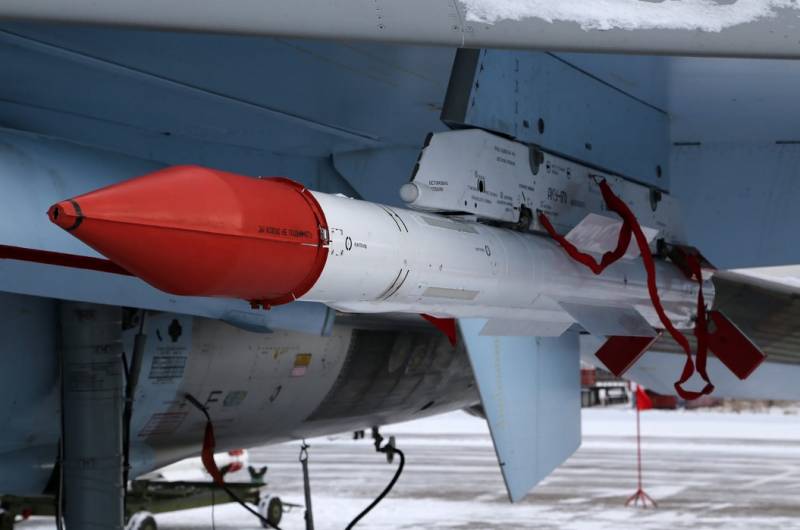
The R-77-1, known in NATO as the AA-12B "Adder", is the main medium-range (up to 110 km) air-to-air missile used by the Russian Aerospace Forces.
The price of the missile can be found in a court case filed in 2019 by the Russian Ministry of Defense against the manufacturer, Vympel GMKB named after Toropov. The ministry demanded compensation for the delay in the delivery of a batch of 10 R-77-1 missiles in November 2018 with a total cost of 299 million rubles, which means that one missile cost 29,9 million rubles at 2018 prices.
This case also makes it possible to estimate the volume of production of R-77-1 missiles. It was reported that the cost of the entire five-year state defense order for 2018-2022 amounted to 64,88 billion rubles, which, assuming a fixed price, would be enough for 2 missiles, or about 170 per year.
Speaking about the numbers, we can conclude that we are in order in terms of R-77 aviation missiles. Air-to-air missiles are not expended in the same numbers as surface-to-surface missiles.
Anti-tank missile LMUR
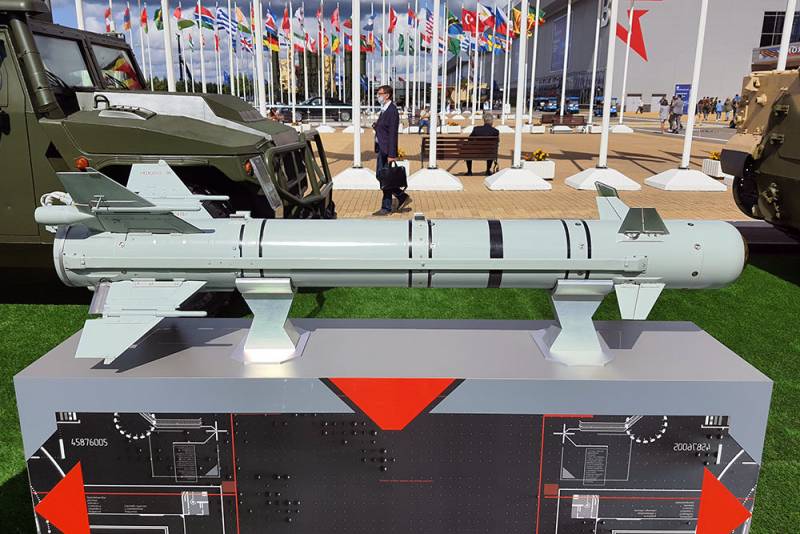
The light multi-purpose guided missile LMUR (or Izdeliye 305) is the newest and most advanced Russian anti-tank missile. weapons. The missile has been in serial production for about five years, tests have been going on since 2016, and the Izdeliye 305 was put into service in 2022. Currently, the missile is used on the Mi-8MNP-2, Mi-28NM and Ka-52M helicopters.
LMUR is heavier than other Russian helicopter ATGMs, its weight is 105 kg (for comparison: 9M120-1 "Ataka-1" together with the launch tube weighs 48,5 kg, and 9M127-1 "Whirlwind-1" - 59 kg together with the launch tube ). Its warhead is also about three times larger: 25 kg compared to 7,4 kg for the Ataka-1 and 8,6 kg for the Whirlwind-1, which indicates significantly greater armor penetration.
The maximum flight range of the LMUR is 14,5 km, which is higher than that of other Russian helicopter ATGMs.
You can learn about the price of LMUR from a lawsuit initiated by the Russian Ministry of Defense against the manufacturer, the Design Bureau of Mechanical Engineering in Kolomna near Moscow. This is due to the claimed compensation for the delay in the delivery of a batch of 30 LMUR missiles in 2018. According to these documents, one LMUR missile cost 14,2 million rubles.
The volume of production can be estimated from the same document. The cost of the entire three-year contract (2018-2020) amounted to 1,807 billion rubles, which is enough for 127 missiles, assuming a fixed price. The 2018 batch was 30 missiles, which implies the production of about 50 missiles annually in subsequent years.
Not much, but the weapon is only accepted for service. There is information about the successful combat use during the NWO.
T-90 Tank

Possibly one of the most popular tanks in the world. The fact that the T-90 is a very impressive combat vehicle is said even by the Ukrainians, who had captured T-90M and T-90MS at their disposal.
The cost of one tank is 187,5 million rubles. Considering the volumes of losses of Russian tanks declared by the Armed Forces of Ukraine (often not confirmed by anything), decent amounts may indeed be required to compensate for losses.
Tu-160
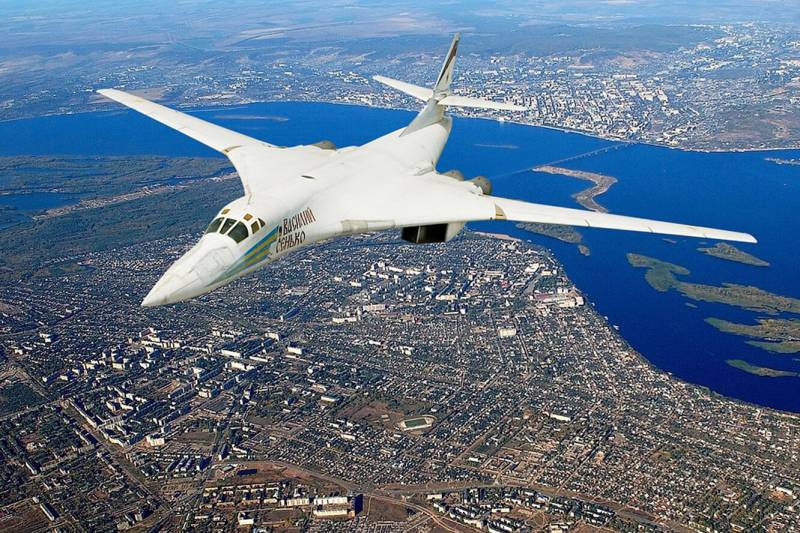
The most expensive Russian aircraft is the Tu-160 strategic bomber. On January 25, 2018, in Kazan, in the presence of President Vladimir Putin, the Russian Ministry of Defense signed an agreement on the supply of 10 new Tu-160M bombers by 2028. After signing the contract, Putin stated that the Ministry of Defense purchased "10 aircraft, each of them 15 billion - even more than 15 billion - 160 billion in total."
Is it a lot or a little?
Naturally, the United States is trying to assess the financial capabilities of Russia to compensate for the loss of equipment in the NWO. No need to explain why.
The ability of the Russian defense industry to respond to economic sanctions that were imposed or otherwise tightened after the invasion of Ukraine is the main concern of American analysts. In other words - is there anything to fence a garden for? What is the point of sanctions if they do not work properly, slowing down the Russian economy in general and the military-industrial complex in particular?
Back in April last year, a senior US Department of Defense official confirmed to The War Zone that Russia's ability to resupply its forces has been severely affected by sanctions imposed by the US and its allies. In particular, the official noted that the ability to produce high-tech components, including for precision-guided munitions, has suffered.
True, with examples it was not very good. The only thing that was cited as an example by a representative of the American ministry was problems with the Russian AWACS A-100 Premier aircraft. It is difficult to comment on this statement, since work on the A-100 is underway. It is possible that there are certain difficulties there, the test program was shifted from 2017 (when the A-100 made its first flight) right up to 2024, but the construction of the second copy is underway, which should join the tests.
The same senior US Department of Defense official did not elaborate on which systems are affected by the sanctions, how supply chains are affected. However, the sanctions exacerbate previous problems with the Russian supply chain, they said.
The shortage of key components is likely to increase the cost of Russian military aircraft and missiles, as well as lead to further delays in the release date. This may not have the best effect on the conduct of a conflict with an indefinite period of continuation.
In general, no matter how events develop in Ukraine, more precisely, no matter how fast the parties destroy each other’s military equipment, the isolated position in which Russia finds itself means that it will have to rely primarily on its domestic production capacities for the timely replenishment of weapons stocks. .
And this is the option when money decides, if not everything, then a lot, including the supply of blocked materials through “gray imports”.
War has always required a huge amount of resources, including financial ones. The fact that we are being watched very closely in this area is clear and understandable. The only question is how really the industrial and financial sectors of Russia will be combat-ready in a conflict for which it is really difficult to determine the timing and boundaries.
Information